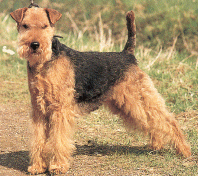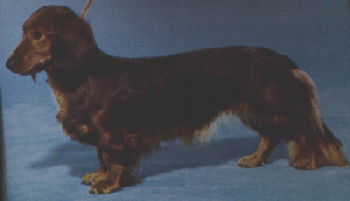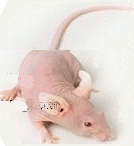The wire-haired Airedale Terrier




The hair of mammals can be characterized partly by the length and partly by
the physical structure, for instance straight or
curly. The ratio between the protective guard hair and the underfur also plays a
role for its physical appearance. Finally the colour of
the hair can give camouflage or in cases where individuals with strong colour
dominates the flock or individuals
outside the flock competing for dominance.
Especially for water dwelling animals or animals hunting for fish the fur is of great significance
for the regulation of heat. The
fur of for example seal, otter and mink also has to be very resistant to last through the winter. The hare and foxes
also have a warm fur, but the coat of these animals do not need to be nearly as
strong as the before mentioned. Most mammals grow their winter fur in October-November
and shed it again for the summer in April-May.
Some of the physical characteristics of the hair are under simple Mendelian inheritance, for instance the characteristics below:
Hair types and genotypes
Dominant Recessive ---------------------------------------------- Wire haired W- Straight haired ww Short haired L- Long haired ll Guard haired M- Mole mm Haired Hr- Hairless hr/hr ----------------------------------------------
Figure 11.1 shows examples of the differently haired types.
| Figure 11.1. The wire-haired Airedale Terrier |
 |
| Long haired type in Dachshund. |  |
| The fur from a mole mink and a normal Standard mink from year 1965. |  |
| Hairless mouse. |  |